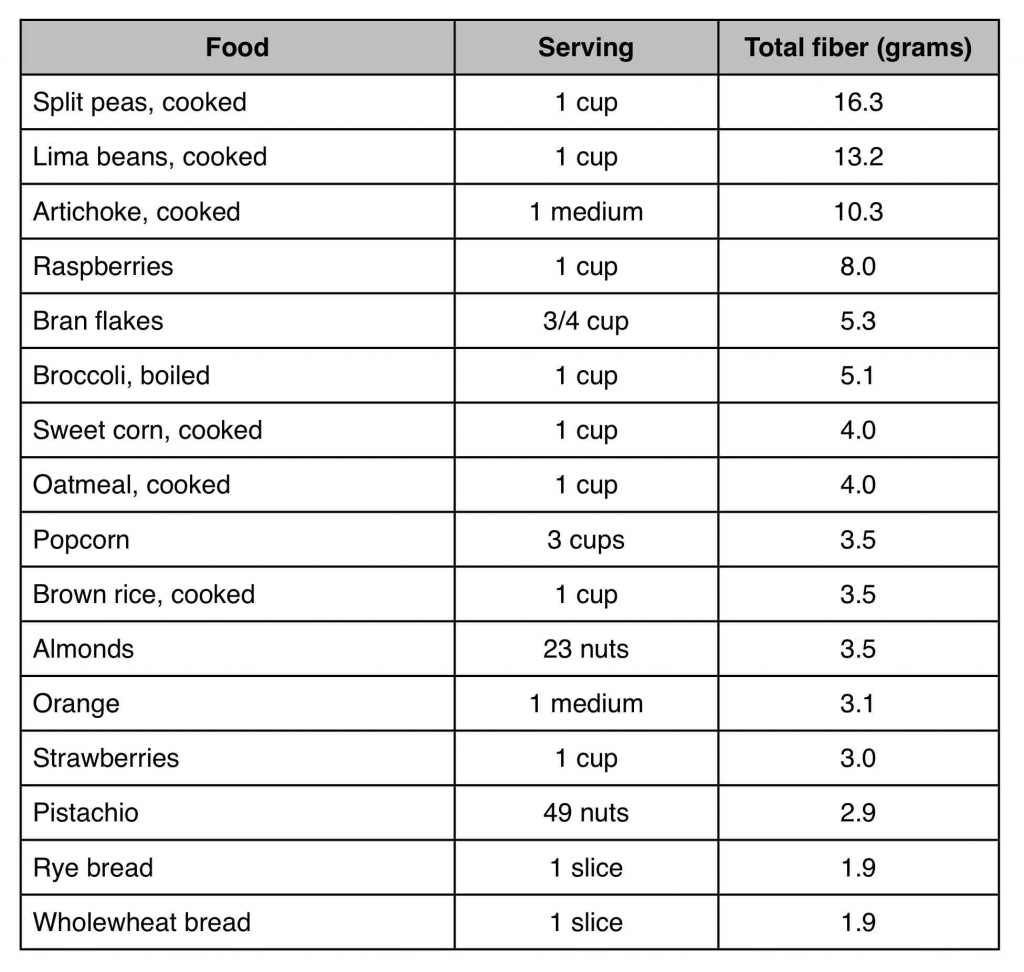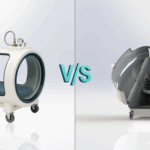Unlike other foods fiber can not be digested. After consumption fiber will pass through your stomach, small intestine, colon and out your body relatively intact.
There are two types of fibre, insoluble and soluble fibre. Insoluble fiber cannot be dissolved in water. This type of fiber promotes movement of material through the digestive track and will benefit those struggling with constipation and irregular bowel movements. Insoluble fiber include green beans, wheat bran, nuts, cauliflower and potatoes. Soluble fiber is fiber that can be dissolved in water. When this type of fibre is introduced to water it becomes a gel-like substance and will help lower blood glucose levels as well as lowering your cholesterol. Foods that contain soluble fiber include apples, citrus fruits, peas, oats, beans, barley and carrots.
A high-fiber diet may improve the following:
- Normalize bowel movement
- Lower cholesterol
- Assist in controlling blood sugar level
- Helps maintain a healthy bowel
A man younger than 50 years should consume about 38 grams of fibre each day where a man older than 50 year should consume about 30 grams. Women on the other hand should consume less than a man where a woman under the age of 50 years should consume 25 grams and over 50 years only 21 grams. Keeping your digestion system and bowel movements regular and healthy you will improve your general well being as most ailments start in the bowel. Combining a healthy high fibre diet and ozone therapy will drastically improve your bowel movement in a short amount of time. Ozone therapy will detox your body. By getting rid of toxins and debris in your body you can start on a new canvas, and improve you overall health.
Below I have added a chart explaining which foods contains fibre and how much:
Always remember to listen to your body. If you do not feel comfortable with how certain foods make you feel, rather stop eating them and get a substitute. We are all different, a high-fiber diet may do you the world of good while on the other hand it may harm someone else.
Do you know how fibre works?








Leave a Reply